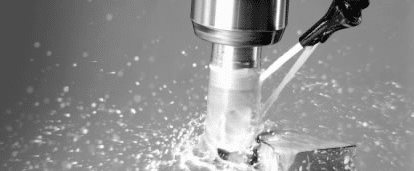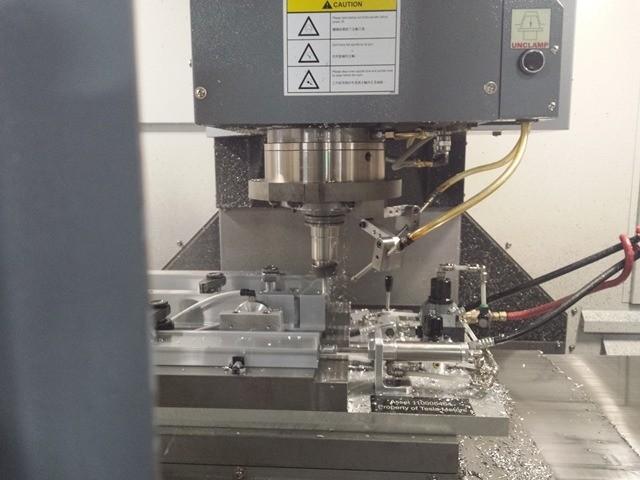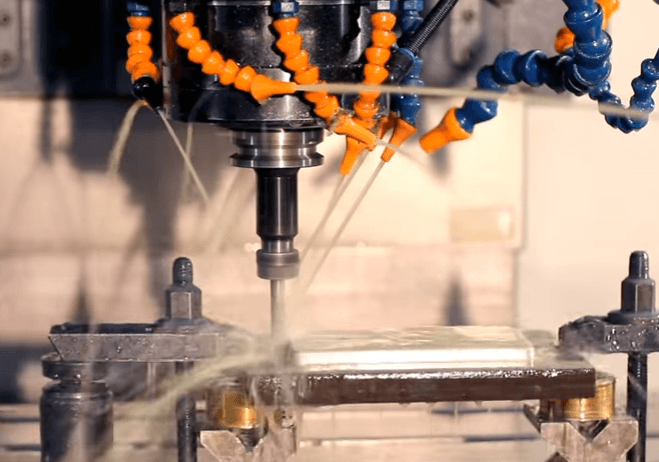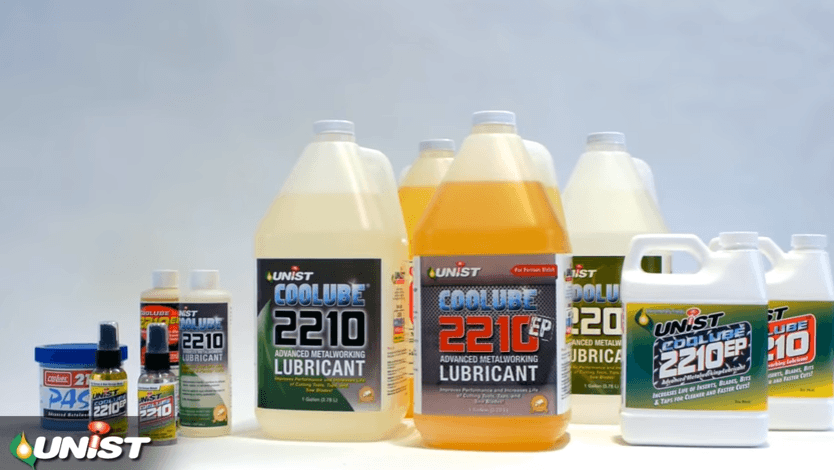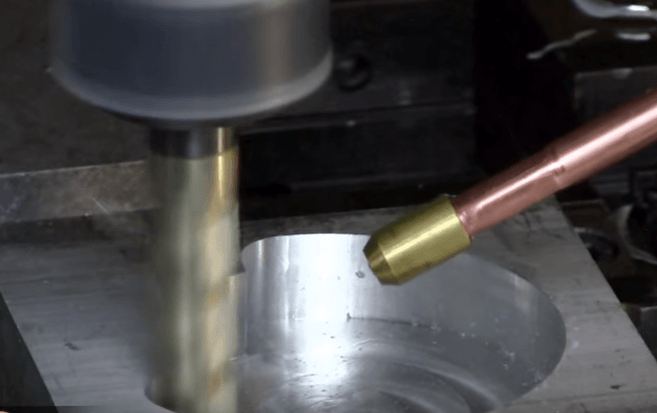Have you fully comprehended metal cutting? Well, this is a complex subject that involves various processes and tools. There are two main metal cutting processes that are very crucial. The first term is metal cutting fluids, while the second term is known as metal cutting technologies. With these two terms, you are well able to … Read more
Month: August 2013
Are we safe in using metal working fluids and cutting fluids? This is a concern for a majority of people who normally engage in processing metals. One of the major concerns for the majority of people has been the safety in use of either the metal working fluids or the cutting fluids. What are metal … Read more
Have you come across the term metal working fluids? Well, here are several key things that will help you understand the term fully. The term is used to describe oils and liquids essential in lubricating and cooling metals during their processing. Furthermore, metal cutting fluids will be used to reduce heat and prevent premature tool … Read more
There are several products available in the markets that are vital for cutting metals. These include metal cutting fluids and cutting oils. The products are developed to meet various needs in processing of metal and their cutting. Firstly, reducing heat and friction in metal processing and cutting is very essential. Metal cutting fluids are essentially … Read more
Metal cutting and processing is a complicated activity that involves use of various techniques. The process involves use of a variety of materials. Some of the tools in consideration include metal cutting fluids and cutting oils. The choice of using either of these will majorly depend on the complexity of the task and the costs … Read more
Metal cutting fluids are specially formulated fluids for metal processing and have various distinct functions. These functions include: helping to ensure that a tool has longer life, minimizing thermal deformation, bringing a finer finish on the working surfaces and eliminating chips from the metal surfaces one is working on. Metal cutting fluids are further categorized … Read more

